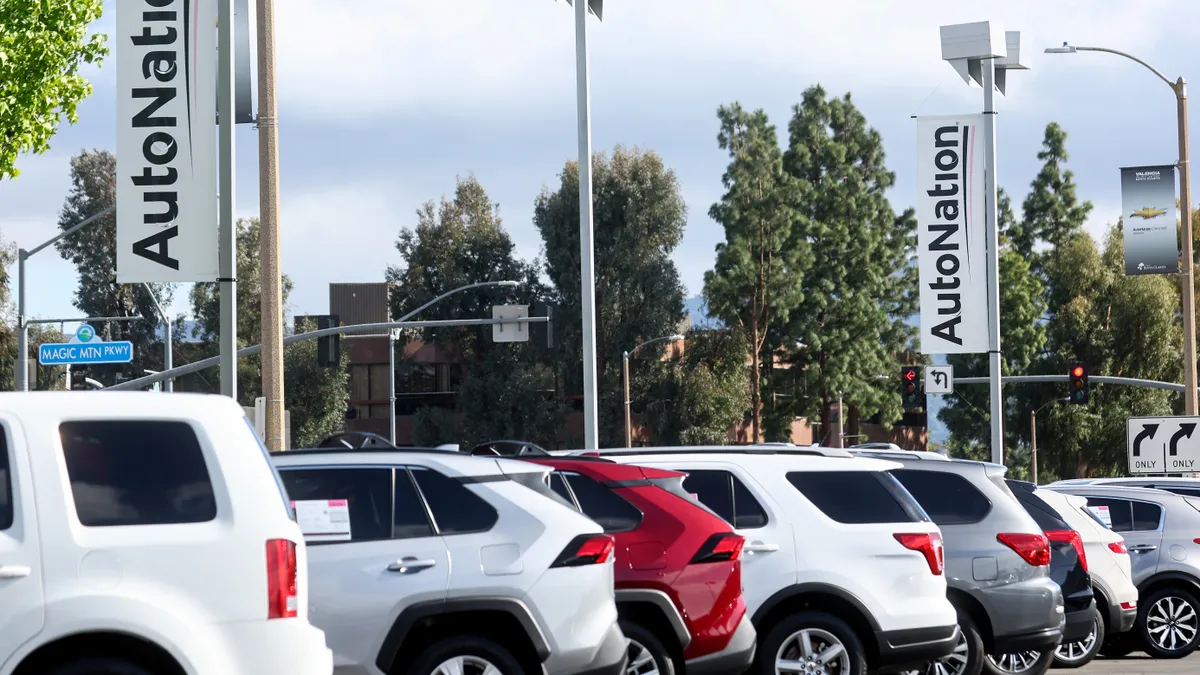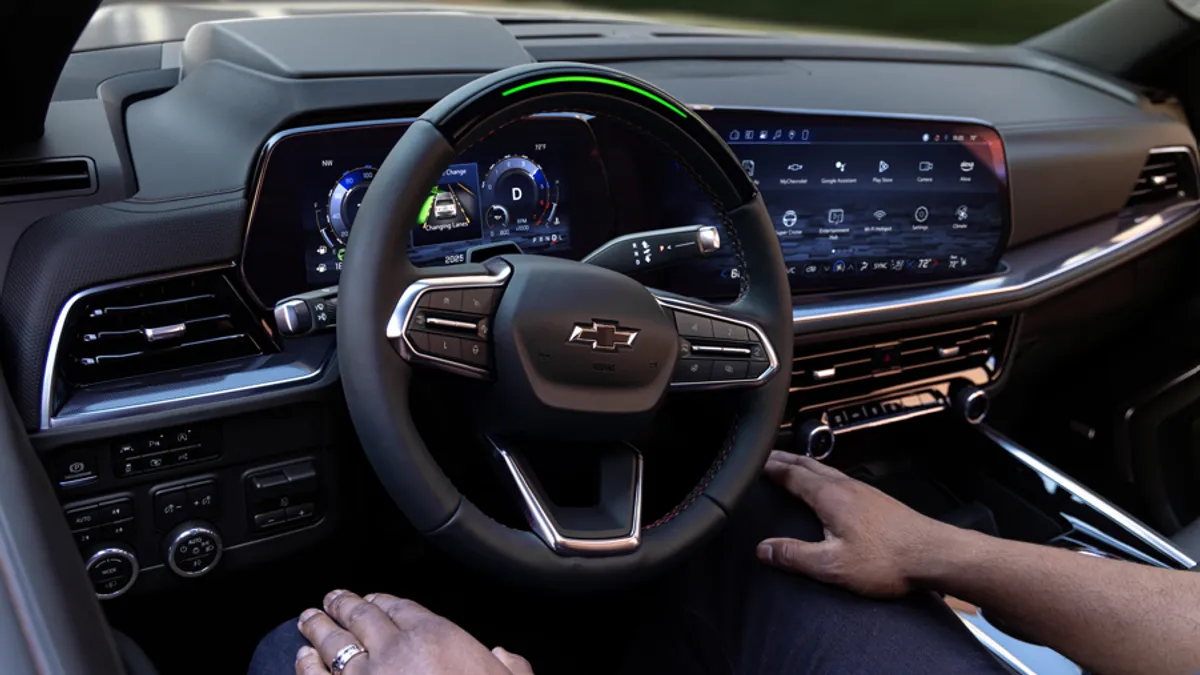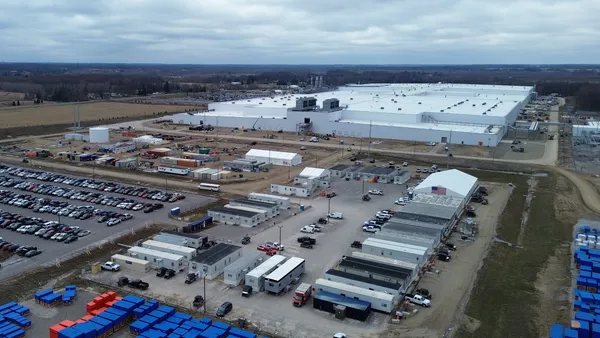Dive Brief:
- New vehicle sales in the U.S. will reach an estimated 1.4 million units in December, a 13.2% year-over-year increase, J.D. Power said Thursday.
- The seasonally adjusted annualized rate for new vehicle sales in the U.S. will increase by 1.9 million units to 16.4 million, with fourth-quarter sales rising 9.8% YoY to an estimated 3.8 million vehicles.
- J.D. Power expects new vehicle sales to reach 15.5 million units in 2023, a 12.8% YoY increase. When adjusted for the number of selling days, new vehicle sales will increase an estimated 13.2% in 2023.
Dive Insight:
It has been a strong year for car sales in the U.S., with consumers spending a record-high $578 billion on new vehicles. Growing inventories and declining transaction prices have spurred more sales. Dealers, however, earn less on each car they sell due to greater vehicle supplies and higher interest rates.
Still, dealers’ “profits continue to exceed pre-pandemic levels,” Thomas King, president of the data and analytics division at J.D. Power, said in a statement. Total dealer profit per unit, including finance and insurance income, will reach an estimated $2,729 in December, King said.
“While this is 32.5% lower than a year ago, it is still more than double the amount in December 2019,” King said. “The primary factor behind the profit decline is the reduced number of vehicles selling above the manufacturer's suggested retail price (MSRP).”
King said new vehicle inventories will continue to rise in 2024, leading to lower transaction prices, as well as historically strong sales and profits for automakers and dealers.
“Additionally, anticipated interest rate cuts will also help affordability. This trend will drive an increase in sales, but at the expense of OEM and retailer per-unit profitability,” King said. “This tradeoff between increased volume and lower per-unit profit means that total profitability for OEMs and retailers will remain very strong relative to historical levels.”
Electric vehicle sales, meanwhile, remain a mixed bag. EV sales had a 9.8% market share in December, a 1.3% YoY increase. In addition, nearly a third (29%) of new car shoppers say they are “very likely” to purchase an EV for their next vehicle, a 16-month high, according to J.D. Power. On top of that, EVs now cost about the same as traditional internal-combustion-engine vehicles due, in part, to state and federal EV tax incentives and Tesla’s price cuts.
“However, the first quarter of 2024 will be one of the most dynamic quarters the EV market has ever seen. Automakers and consumers will grapple with significant new provisions that go into effect from the Inflation Reduction Act, putting pressure on EV affordability,” Elizabeth Krear, vice president of J.D. Power’s electric vehicle practice, said in a statement. “Automakers will be forced to react with profit-hurting incentives or face a potentially slower sales pace. Combined with likely pull-ahead demand into Q4 2023, Q1 2024 will be worth watching.”












